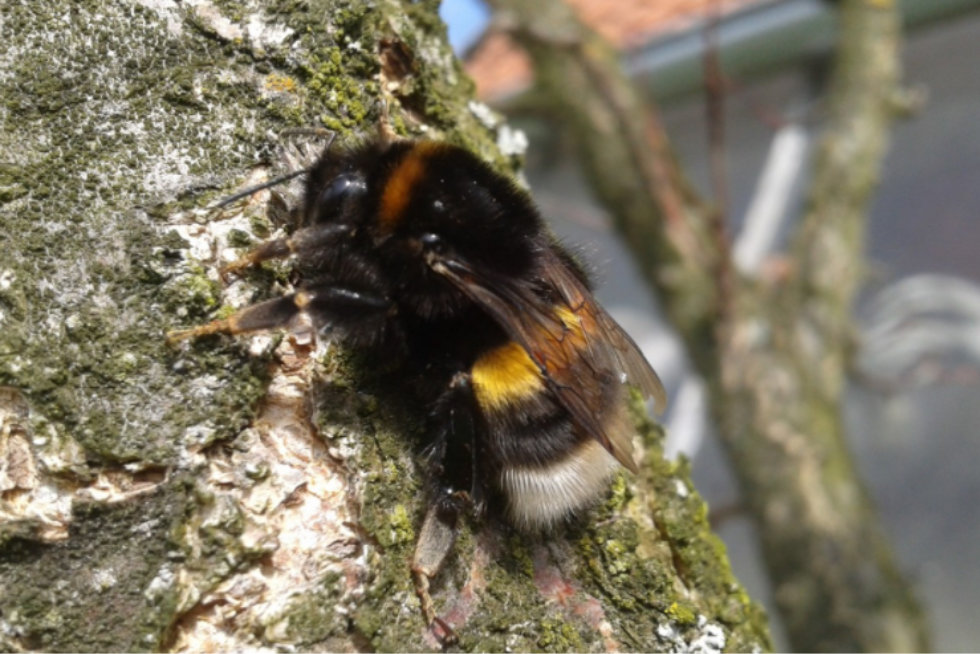
The UK has in the last couple of years been witnessing an unprecedented invasion by a non-native species of bumble bee native to Siberia – known as the ‘tree bee’.
Pest control companies have reportedly been overwhelmed by the number of call-outs to deal with this bee, which has a preference for cavities in human dwellings.
The species is thought to have been bought over from the continent in a container several years ago, and is thriving.
Because it is used to short summers in colder climates, the tree bee has a short breeding cycle and becomes very active once the temperatures rise.
A spokesman for specialists Guardian Wasp and Bee management said: “Our first port of call with any bee call-out is to try to relocate them, and because this bee likes confined spaces, it often nests in bird boxes. This is a situation we like, because we can take them away and release them elsewhere in the country.
“They do like wall cavities at high level as well, and because this is often around bedroom window level, they can cause alarm. Because their heritage is from places with much cooler summers, if things gets hot they need to cool down. With this particular bee it’s common for large numbers of them to hover outside of the nest entrance, fanning each other on hot days, and this is what alarms people and fools them into thinking they have a huge swarm living in their soffits or wall cavities.
However, tree bees are not usually aggressive and they pollinate a very wide range of plants, and we always advise that if the customer can live with the situation, that’s what they should do.”
Tree bees are easily identified as they have a golden or ginger head, black body and white bum. Nests are usually up to around 150 individuals strong, much, much smaller than a wasp nest or a honey bee nest.
They are great pollinators of a wide variety of plants, and can swarm around the nest entrance either from ‘nest surveillance’ by the drones, or simply to cool off of fan each other on very hot days.
Nests are begun by single queens in March. These queens produce a ball of eggs which go on to produce a brood of workers, then queens and males.
They are noted for having colony members of different sizes, which relates to the roles they fulfil – including queens, dominant workers, subordinate workers, and foragers.
KNOW YOUR BEES > www.guardianwaspmanagement.co.uk/know-your-bees-and-wasps/

